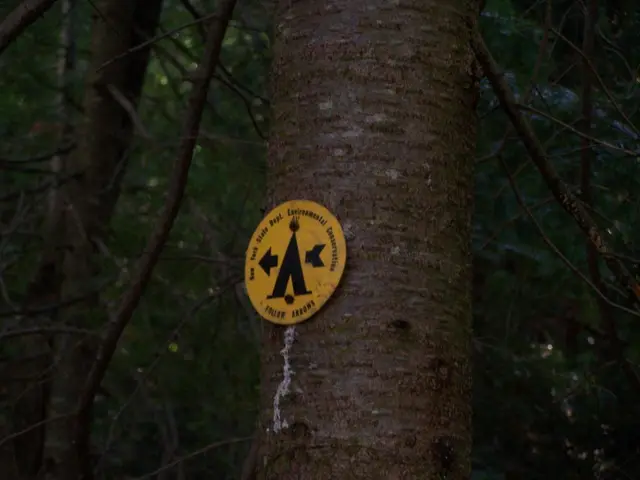Sonar Navigation in Mice: Utilization of Sound Waves for Perception of Environment
Research Uncovers Mice's Sensory Abilities: Navigation through Whisking and Sound
In a groundbreaking development, scientists at the Weizmann Institute of Science have discovered that mice use more than just touch to navigate their surroundings while whisking. Their whisker movements generate sounds that the mice process as a separate sensory signal in their auditory cortex, even when tactile input is blocked [1][2].
The study, published recently in Current Biology, highlights the intricate multisensory nature of the mice's perception system, as they can recognize objects using only the sounds produced by whisking [1][2]. This finding could pave the way for advancements in prosthetics, sensory rehabilitation, and robotics.
"Until now, whisking was thought to be a purely tactile activity," explains Prof. Ilan Lampl of Weizmann's Brain Sciences Department. The team's research reveals that the whiskers' delicate movements produce subtle sounds within the range of the mice's hearing capabilities [1][2].
The researchers began by recording the sounds produced as the mice whisked against various surfaces, such as dried Bougainvillea leaves and aluminum foil [1][2]. Then, they measured neural activity in the auditory cortex of mice while they brushed their whiskers against different objects [1][2]. The auditory networks of the mice responded to the whisker-generated sounds, regardless of their subtlety [1][2].
When the team blocked the pathways conveying tactile sensation from the whiskers to the brain, the auditory cortex still responded to these sounds, indicating that mice could process them as a separate sensory input, independent of the sense of touch [1][2].
To explore whether mice could use whisker-generated sounds for sensing and object recognition, the researchers employed artificial intelligence (AI) [1][2]. They trained an AI model to identify objects based on neural activity recorded from the auditory cortex of mice. The model successfully identified objects from neuronal activity alone, suggesting that mice might similarly interpret these cues [1][2].
The team then trained another AI model to identify objects based on sounds recorded while whiskers probed these objects [1][2]. The models were equally successful, implying that neural responses to whisking were caused directly by the sounds rather than other sensory information [1][2].
To address the central question of whether mice can recognize objects using whisker-generated sounds alone, the researchers conducted a behavioral experiment [1][2]. They trained mice with abolished touch sensation to recognize aluminum foil solely by its whisker-generated sound [1][2]. The mice consistently responded to the sounds, connecting them to the sensory information they represented [1][2].
"Our results show that the brain's whisking network, known as the vibrissa system, operates in an integrative, multimodal manner when mice actively explore their surroundings," explains Prof. Lampl [1][2].
This multimodal function might have evolved in mice to provide advantages in hunting for prey or avoiding predators [2]. For instance, a mouse could use its quiet whisking sounds to determine whether it is safe to walk across a brittle field of crops without being detected by an owl [2]. Additionally, whisking could help a mouse assess the juiciness of food sources [2].
The boundaries between touch and hearing have been broken through this study, revealing secrets about mice and potentially opening many avenues for future research on the brain's sensory systems [1][2]. The new findings could also inspire innovations in technology, such as prosthetics, sensory rehabilitation, and robotics [2].
Mouse whiskers measure 40 to 80 microns in diameter at the base, about the same as an average human hair, and 3 to 4 microns at the tip [2]. The potential applications of this research could be vast, range from enhancing spatial awareness for visually impaired individuals to improving obstacle detection for robotic systems in complex environments [2].
- This groundbreaking study in neuroscience news has uncovered a significant finding in brain research, revealing that mice can recognize objects through whisking-generated sounds, even when tactile input is blocked.
- The discovery of mice's ability to process whisking sounds as a separate sensory input could pave the way for advancements in health-and-wellness and fitness-and-exercise, with potential impacts on prosthetics, sensory rehabilitation, and robotics.
- In a surprising twist, the researchers found that the auditory networks of mice responded to the sounds produced by whisking against different objects, even when the tactile pathways were blocked, indicating that mice can perceive these sounds as an independent sensory input.
- The team's findings suggest that mice might interpret whisker-generated sounds to assess their surroundings, such as determining safety in a noisy environment or evaluating the juiciness of food sources, demonstrating the multimodal function of the brain's sensory systems.








